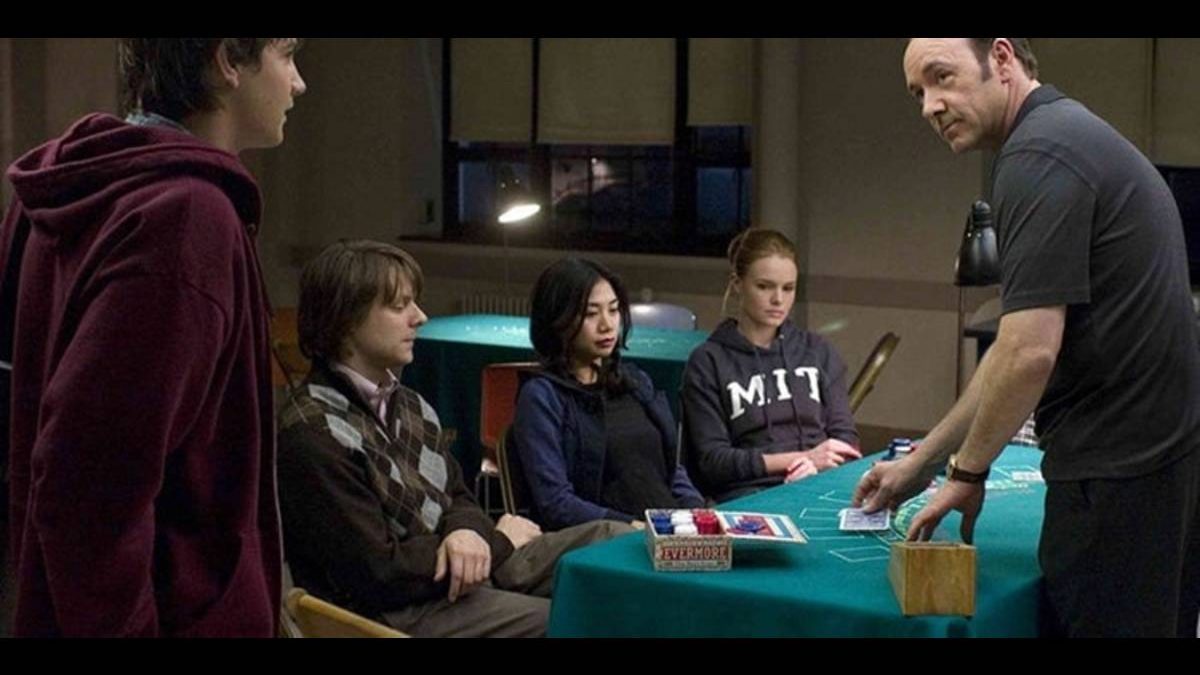For most college professors and advice columns around the world, making money through blackjack probably isn’t going to be at the top of the list.
In fact, you’d be more likely to hear about how to invest or start-up a business. Maybe even advice on the best banking accounts to earn interest. However, that’s not the tale of a group of students at the famous Massachusetts Institute of Technology (MIT). No, for them the side hustle was blackjack.
The gambling landscape is very different today. Back in 1979 when the MIT Blackjack team formed, online casino blackjack was far from even a pipe dream, but it was hugely popular and a group of students found a way to legally cheat the system and create an almighty furore.
You’re probably well aware of the MIT Blackjack Team today. The story has been widely told in the media. But if you’ve not, then it’s an intriguing tale into how a group of students decided to make money through gambling. So much so, we decided to offer up the best books, films and TV shows that explore the MIT team…
Table of Contents
21
A good place to start is with the movie 21. It’s perhaps the most famous telling of the MIT blackjack story and stars the now disgraced Kevin Spacey and Jim Sturgess. Released in 2008, there are elements of artistic licence within the movie, and is inspired by the story rather than being a carbon copy of how it unfolded.
The biggest difference within the film is that it suggests the team was run by a professor. However, it has always been run by students and alumni. Interestingly, a number of former players of the MIT team do make cameo appearances in the film, including Jeff Ma, one of the most prominent and notable figures in the team and the basis of the book Bringing Down the House.
Bringing Down the House
Bringing Down the House is one of the most complete retellings of the MIT story. Released in 2003 it became a real hit for Ben Mezrich, who wrote the book. But it didn’t go without controversy.
A report by the Boston Globe found that portions of the book were entirely fictional and others highly exaggerated to try and sell the story. In fact, Drake Bennett, who ran the story claimed a number of pivotal events within the story were completely made up and never happened to anyone.
These inaccuracies have since been revealed, but it’s still an intriguing read and offers some great insight into what it would have been like as part of the team.
Making Millions the Easy Way
As part of the BBC’s Horizon documentaries, Johanna Gibbon delved into the details behind the Bringing Down the House period and put to bed some of the inaccuracies within the book as well as telling the story in detail.
As you’d perhaps expect, there are a large number of documentaries out there relaying the story, but the BBC have really honed in on the science behind the winning formula as well as the story of the Strategic Investments group that broke away from the team. It’s a hugely interesting tale and gives real insight into what a remarkable story from a group of students it really is.
Who was within the MIT Blackjack Team?
Just a handful of gamers were in the first MIT group, the most well-known being J. P. Masser. Other prominent participants (and people portrayed in the film) include Jeff Ma, Jane Willi, Mike Aponte, Laurie Tsao, and John Chang. Students had been drawn to a course titled “How to gamble in case you need to” in 1979, and some determined to shape a crew to test a card counting concept.
They went to Atlantic City but didn’t beat the tables – yet 12 months later, an expert blackjack player called Dave joined forces, and the team started recruiting extra college students. They went back to the casinos and gained big.
Over the following year, additional recruits were brought to the crew, and eventually, they merged with Bill Kaplan, who had run a Vegas crew in the mid-‘70s. Kaplan became a Harvard commercial enterprise graduate and became the instigator of the MIT team’s significant achievement in the Eighties. Other players, Johnny Chang and Sarah McCord, could join the crew and become critical contributors.

